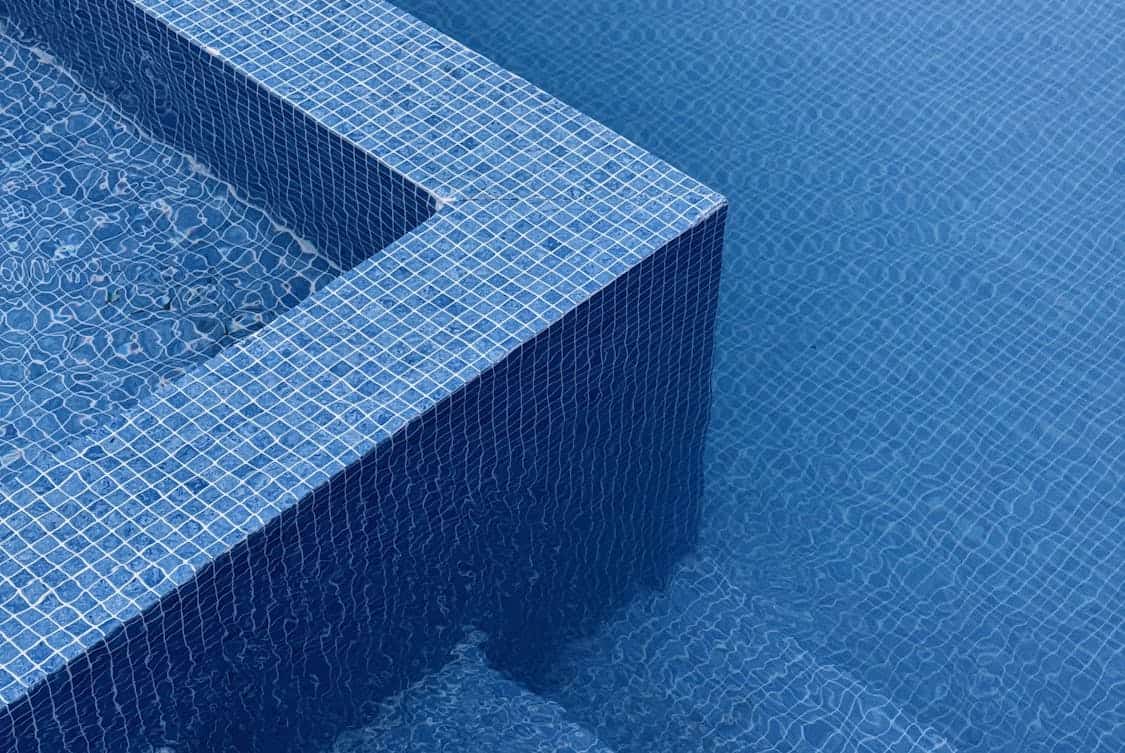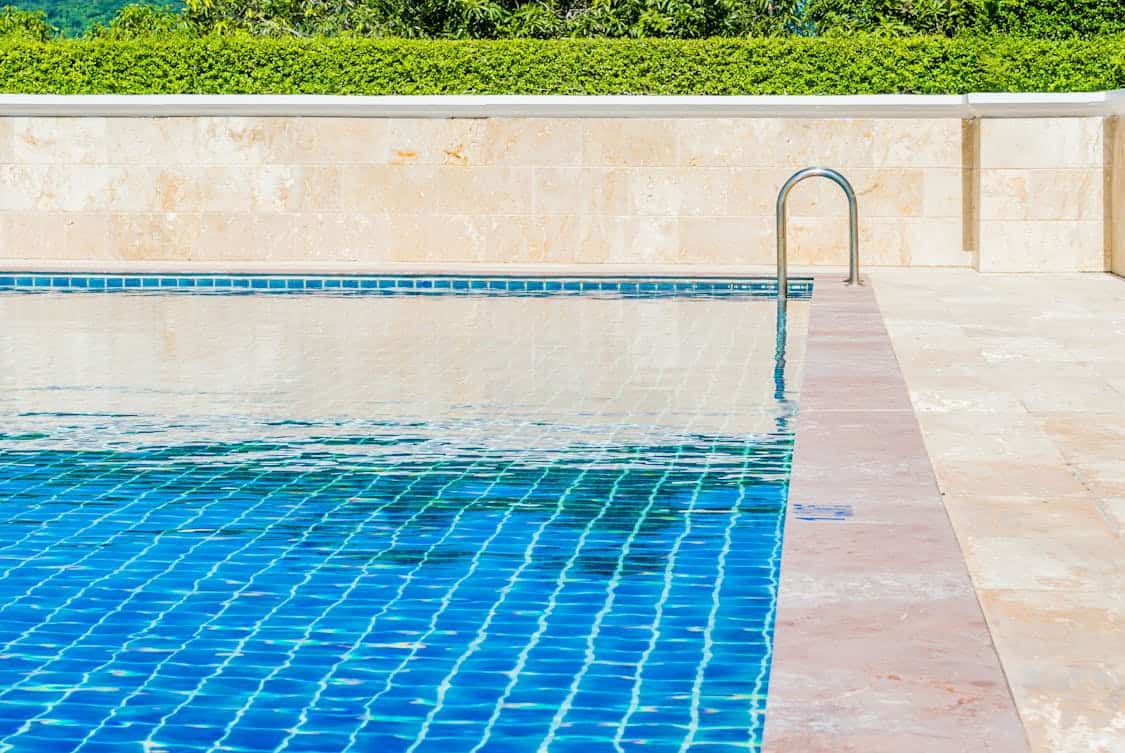
Swimming pools provide an oasis in the heat of summer, offering fun and relaxation. Over time, however, wear and tear can affect their appearance and functionality.
Resurfacing is essential to restore pools to their former glory. Let’s explore the various resurfacing options available, weighing their pros and cons.
Understanding Pool Resurfacing
Resurfacing involves removing the old surface of the pool and applying a new one. This process is critical not only for aesthetics but also for ensuring the pool’s longevity.
Cracks, rough spots, and fading colors can detract from the enjoyment of a pool. Choosing the right resurfacing material is essential to meet specific needs and preferences.
Types of Resurfacing Materials
Plaster
Plaster is a traditional choice for pool resurfacing. It consists of a mixture of cement, marble dust, and water.
This option is popular for its smooth finish and classic white appearance. Plaster pools tend to be cost-effective, but they may require more maintenance over time.
Plaster can be prone to staining, and the surface may become rougher after several years. Regular cleaning and chemical balancing can help mitigate these issues.
Pebble Aggregate
Pebble aggregate is a blend of plaster and small pebbles, creating a textured finish. This option offers a more natural look and tends to be more durable than traditional plaster. Its unique appearance can enhance the aesthetic appeal of any backyard oasis.
While pebble aggregate surfaces are long-lasting, they can be more expensive than standard plaster. However, many pool owners find the investment worthwhile due to their durability and lower maintenance requirements.
Tile

Tile resurfacing can provide a high-end finish, adding elegance to any swimming pool. Available in various colors and designs, tile allows for a customized look. It’s highly resistant to stains and damage, making it an appealing option for many homeowners.
However, the initial cost of tile can be significantly higher than other materials. Installation can also be labor-intensive, which may add to the overall expense. Despite these drawbacks, the longevity and aesthetic appeal make tile a popular choice.
Vinyl Liner
For pools that utilize a vinyl liner, replacing the liner is an option for resurfacing. Vinyl offers a smooth, comfortable surface, and it comes in various patterns and colors. This material is easy to maintain and can significantly improve the pool’s appearance.
However, vinyl liners can puncture and require replacement every 7 to 15 years. While this option is less expensive upfront, the long-term costs can add up.
Factors to Consider
Climate
The local climate can impact the choice of resurfacing material. For instance, areas with extreme temperature fluctuations may benefit from more flexible materials, like pebble aggregate. In contrast, warmer climates might find plaster or tile more suitable.
Pool Use
How often the pool is used also matters. A pool that sees frequent use may require a more durable surface, while a rarely used pool might manage well with a less robust option. Understanding the primary purpose of the pool can guide the selection process.
Budget
Budget considerations often dictate the choice of resurfacing material. While some options require a higher initial investment, others may save money in the long run through lower maintenance costs.
It’s advisable to weigh upfront costs against potential long-term expenses. For those seeking a balance between affordability and quality, Gold Coast pool resurfacing experts can recommend the most cost-effective materials.
Aesthetics
The visual appeal of the pool area can also influence the decision. Whether it’s a modern, sleek look or a natural, rustic feel, various materials can help achieve the desired aesthetic.
Homeowners should consider how the selected material will complement the overall landscape of their property.
The Resurfacing Process
Preparation
Before resurfacing can begin, thorough preparation is essential. This often involves draining the pool and cleaning the existing surface. Any cracks or imperfections must be addressed to ensure a smooth application of the new material.
Proper preparation can significantly extend the life of the new surface. Skipping this step might lead to premature wear and the need for future repairs.
Application
Once prepared, the new material is applied. Depending on the type of resurfacing chosen, this phase may vary. Plaster is usually applied in a thick layer, while tile requires careful placement and grouting.
The application process must be done meticulously to avoid any issues down the line. A skilled professional can ensure that the resurfacing is executed correctly, providing a long-lasting finish.
Curing
After the material has been applied, curing is necessary. This process involves allowing the new surface to set and harden. The curing time can vary based on the material used. For example, plaster may need several days to cure, while tile may require less time.
During this period, it’s vital to monitor the environment, as excessive heat or moisture can impact the curing process. Following proper guidelines can lead to a successful resurfacing project.
Maintenance Tips
Regular Cleaning
Keeping the pool clean is essential for maintaining the resurfaced surface. Regular brushing and vacuuming help prevent staining, especially in plaster and pebble aggregate pools.
Using the right cleaning products is also important. Avoid harsh chemicals that can damage the surface over time. Instead, opt for pH-balanced cleaners that won’t compromise the integrity of the finish.
Chemical Balance
Maintaining proper chemical balance in the pool water is crucial. Imbalanced water can lead to corrosion, scaling, or staining, all of which can affect the newly resurfaced pool. Regular testing and adjustments can help keep the pool in prime condition.
Seasonal Care
In regions with colder winters, taking steps to winterize the pool can protect the surface. Covering the pool and draining water from pipes helps prevent damage from freezing temperatures.
During the off-season, it’s wise to perform regular checks on the pool’s surface to catch any potential issues early.
Professional vs. DIY Resurfacing
While some homeowners may be tempted to tackle resurfacing on their own, hiring a professional is often the better choice. Professionals bring experience and expertise to the table, ensuring the job is done right the first time. They can also help navigate the complexities of different materials and local regulations.
DIY resurfacing could save money in the short term, but improper techniques could lead to costly repairs later. Evaluating skills, tools, and commitment to the project is vital when considering a DIY approach.

